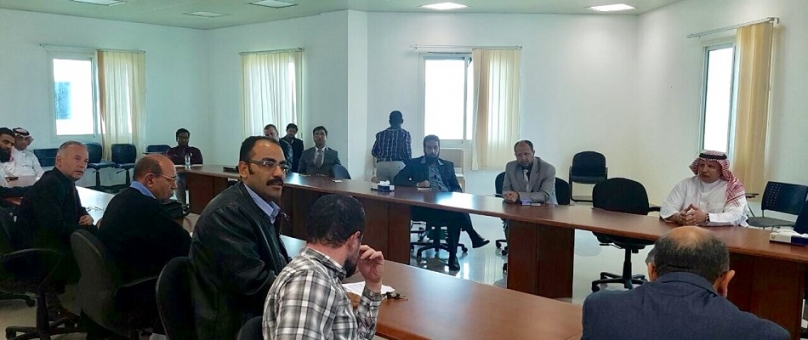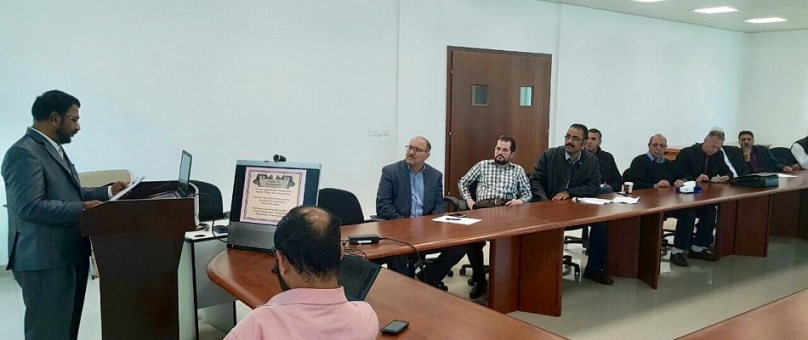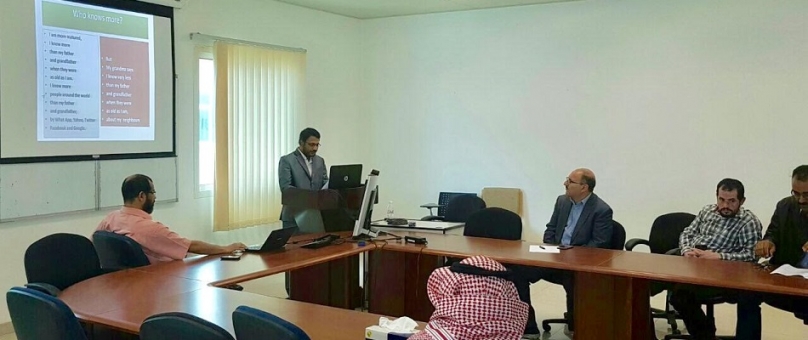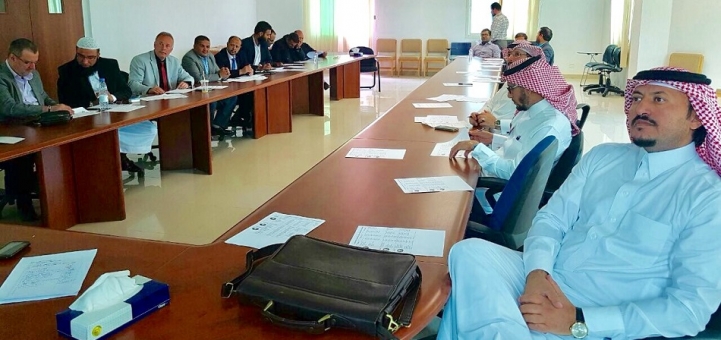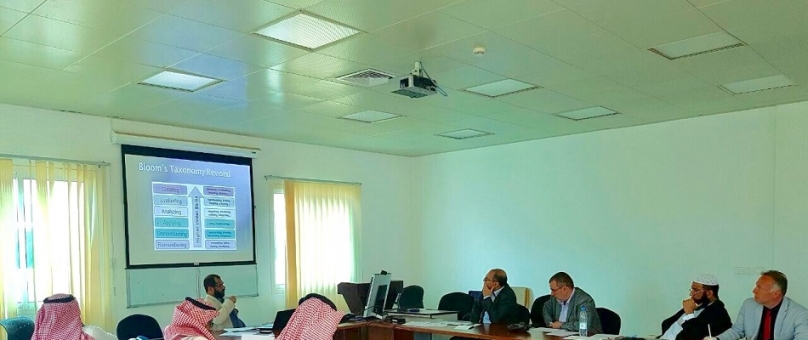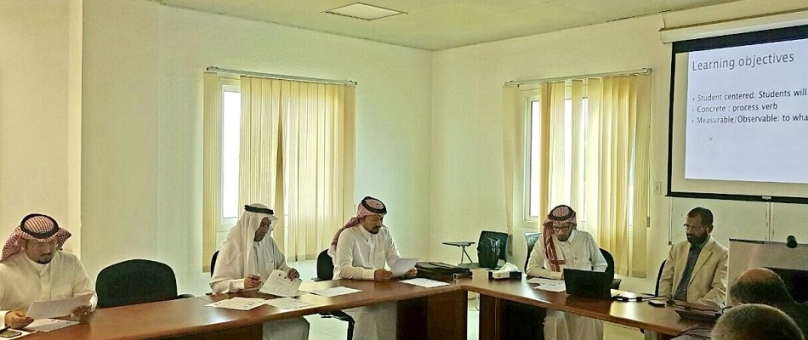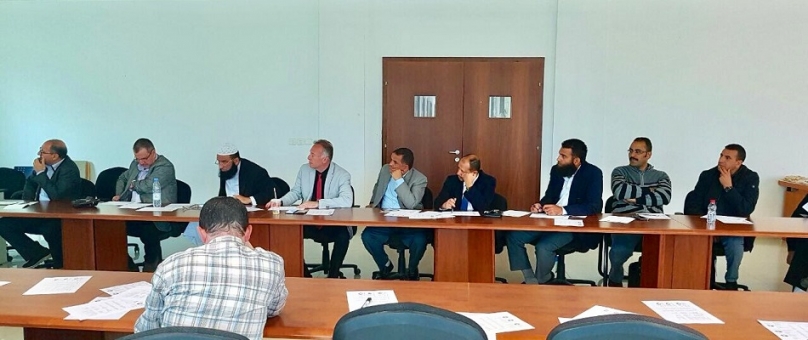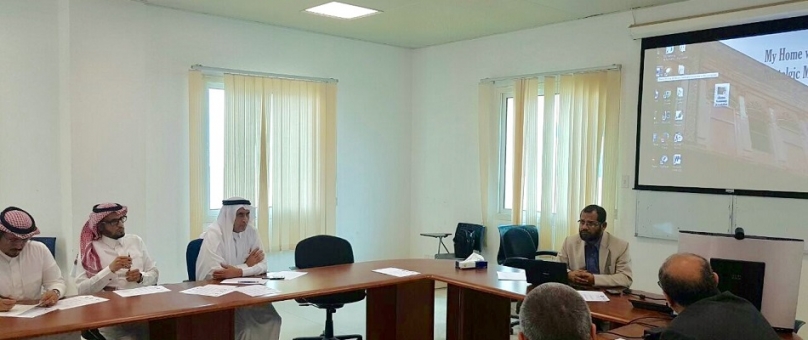What is Literature? Why Should we Study It?
On Monday, March 27, 2017, the Language Research Centre, under the supervision of Dr. Ismail Al Refaai, held a seminar. Dr. Haseeb Ahmed talked about the importance of literature in English Language Teaching and Learning. His presentation was titled, What is Literature? Why Should we Study it?
Dr. Ahmed emphasized the importance of studying literature. During his presentation, he quoted preeminent poets such as Shakespeare, Wordsworth, Sidney, and philosophers like Aristotle and Jean Paul to identify the purpose of literature. Some of them termed literature as a source of delight and pleasure, and some termed literature as a tool serving a political purpose.
Dr. Ahmed concluded that literature helps to express oneself, have access to culture, develop sophisticated sensibility, appreciate beauty, and develop a wider perspective of events.
It is worth noting that Al Samer Campus also participated in the seminar through video conferencing. The presentation was worthwhile and engaged the participants on both sides with an interactive discussion.
Date: 03-27-2017
Source: MD Adil
Multimedia Contribution: MD Sirajul Islam



